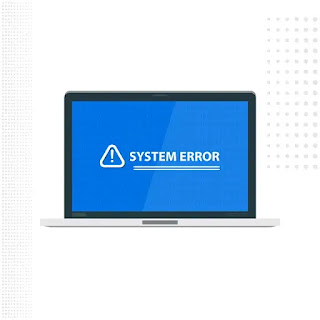Securing your Docker environment is critical for maintaining the integrity and smooth operation of your container management ecosystem. This article outlines detailed best practices for enhancing Docker security.
Docker Daemon Security
The Docker daemon is a critical component that runs on the host machine and manages Docker containers. Accessing the Docker daemon from a remote machine typically requires enabling the TCP socket. However, the default configuration offers unencrypted and unauthenticated access, posing a significant security risk. To secure the Docker daemon, you should:
Use the Built-in HTTPS Encrypted Socket: Configure Docker to use TLS (Transport Layer Security) to encrypt communications between the client and the Docker daemon. This ensures data confidentiality and integrity.
Set Up a Secure Web Proxy: Place a secure web proxy in front of the Docker daemon to handle encryption and authentication.







.webp)











